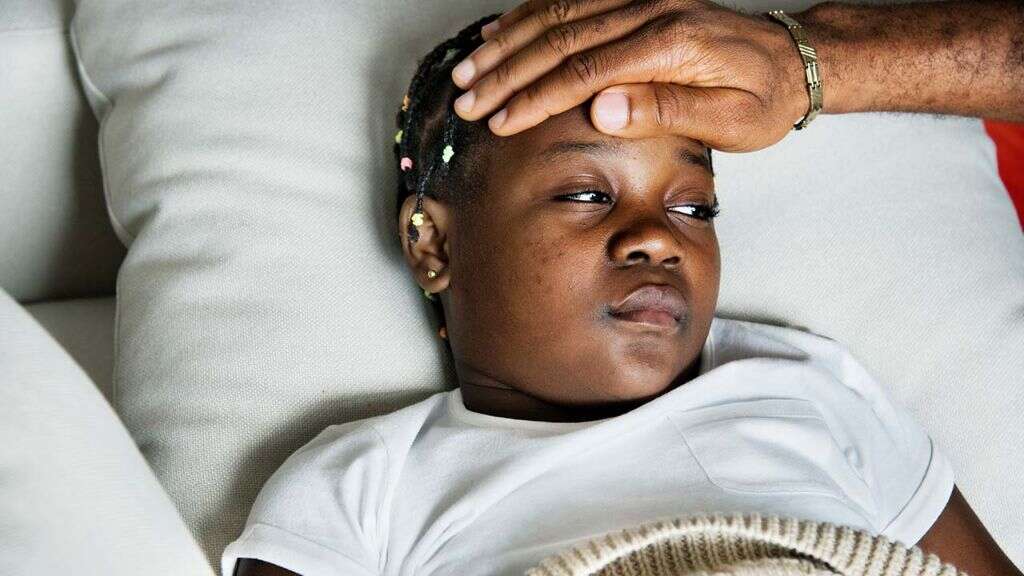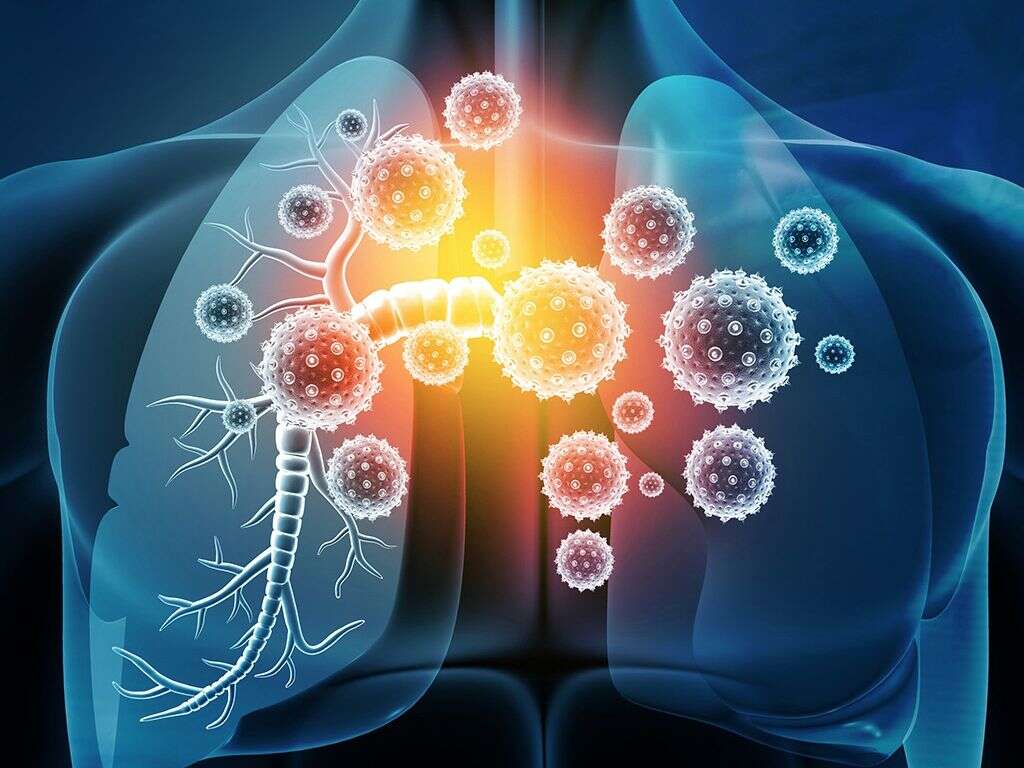What Is Parainfluenza?
When you or your child develop respiratory symptoms such as sneezing, coughing, chest pain and sore throat, you may jump to the conclusion that you or your little one has the common cold. While this could very well be the case, there are several other viruses that cause the same symptoms. One such virus is parainfluenza.
Though it sounds scary (anything with the term “influenza” in it evokes goosebumps), parainfluenza is, for the most part, a harmless illness. In fact, most people experience it at some point in their lives without ever realizing it.

1. What Are Parainfluenza Viruses?
The term “parainfluenza” actually refers to a group of four viruses. Commonly referred to as HPIVs, these viruses cause infections in either the upper or lower respiratory systems of the body. However, each of the four HPIVs cause different symptoms and illnesses.
In almost all cases, the symptoms of HPIV resemble those of the common cold. Because of this, and when cases are mild, most people either never seek medical attention or, if they do, physicians incorrectly diagnosis the condition. In most healthy people, the virus resolves on its own. However, it can be fatal for immunocompromised individuals.

2. What Are the Types of Parainfluenza?
For simplicity’s sake, HPIVs are categorized as HPIV1, HPIV2, HPIV3 and HPIV4. However, all types cause infection either in the upper airway or lower respiratory tract. HPIVs 1 and 2 cause upper airway infections. HPIV1 is the leading cause of croup in children and is most rampant in August. Symptoms may include ear infection and sore throat.
HPIV3 causes lower respiratory tract infections. It is often associated with bronchitis and pneumonia. Though it causes the most infections in spring and summer, doctors diagnosis it throughout the year. HPIV4 is rare and, therefore, not as well understood.

3. What Are the Symptoms of Parainfluenza?
The symptoms people develop as a result of HPIV depend on what type an individual has. Common symptoms are very similar to those of the common cold and may include fever, cough, runny nose, sneezing, sore throat, irritability and fatigue. More severe symptoms include bronchitis, pneumonia, croup and bronchiolitis.
Some children and adults develop other alarming symptoms. Those include a barking cough, wheezing, a rattling in the chest or back when breathing, decreased appetite, lethargy, vomiting and diarrhea. Most people develop symptoms within two to seven days of exposure.

4. How Is Parainfluenza Transmitted?
Human parainfluenza viruses spread in much the same way that the common cold or flu do, through close personal contact and exposure to infected bodily fluids.
HPIVs can spread through droplets from coughing or sneezing that remain in the air or through infected particles that remain on hard surfaces. They can also be transmitted through handshaking or touching.

5. How Can You Prevent Parainfluenza?
Unfortunately, there is not a vaccine available for HPIV. However, preventing parainfluenza involves taking the same precautions and safety measures as with other types of illnesses. Wash your hands with soap and water, avoid contact with people who are sick and do not touch your eyes, mouth or nose.
If you are sick, you have a responsibility to protect others from contracting the virus. Stay home if you have symptoms, avoid close contact with others, regularly wipe down surfaces and objects you touch and cover your nose and mouth when you sneeze or cough.

6. How Do Doctors Diagnose Parainfluenza?
Most healthy individuals rarely need to go to the doctor’s office for symptoms of parainfluenza. Even if you were to visit your physician for symptoms, he or she may misdiagnose you, as the symptoms of the illness are not worrisome and similar to so many other common ailments.
However, if you are in a high-risk group, your doctor may wish to conduct further testing. He or she may conduct a physical exam and take a nose and throat swab. If your or your child’s symptoms resemble those of pneumonia, bronchitis or croup, your doctor may order a CT scan or chest X-ray to determine what is going on in your respiratory system.

7. How Is Parainfluenza Treated?
Just as there is no real way to prevent parainfluenza other than by taking care of yourself, there is also no way to eliminate HPIV from your body. For most people with HPIV, the best thing to do is get plenty of rest, drink plenty of liquids and let the virus run its course.
Just because there is no way to rid the body of HPIV does not mean you cannot alleviate symptoms. You can manage pain and discomfort with over-the-counter medications such as acetaminophen or aspirin, and with nose drops. However, do not give children or teens with a fever aspirin, as this can lead to potentially deadly Reye’s syndrome.

8. Who Is Most at Risk for Developing Parainfluenza?
Any person of any age can contract an HPIV. Most children will have developed and lived through the disease before they are five years old. Though reinfections can and do occur after the first, the second or subsequent infections typically come with less severe symptoms.
Children of certain genders and ages are more at risk for developing complications. For instance, boys are more prone to pneumonia, croup and bronchiolitis than girls, as are children under two. Children between three months and 5 years old are more at risk for croup, while bronchiolitis is more common in children between two and six months.

9. When Are the “Parainfluenza Seasons?”
Colds are more common during the winter and spring, while influenza season begins in the fall, peaks in winter and ends in spring. While there are certain times of year HPIVs are most common, because there are four types, doctors may make HPIV diagnoses year-round.
That said, HPIV1 is most commonly diagnosed in the fall of odd-numbered years. HPIV2 is also more common in the fall, but less so than HPIV1 and HPIV3. HPIV3 can occur throughout the year but is most commonly detected in the spring and summer months. HPIV4 is rare and has no established seasonal patterns.

10. What Is the Outlook for Parainfluenza?
For most people, the outlook for HPIV is positive. Because it causes mild symptoms in most healthy adults and children, cases often resolve themselves with little more than rest and over-the-counter medications. However, some individuals may require antibiotics for related infections.
That said, parainfluenza itself is not dangerous. The illnesses it causes, however, can be. For both immunocompromised and healthy individuals, HPIV can lead to pneumonia or bronchitis, both severe illnesses if left untreated. For the best possible outcome, medical intervention is necessary if you or your loved one develops complications.












